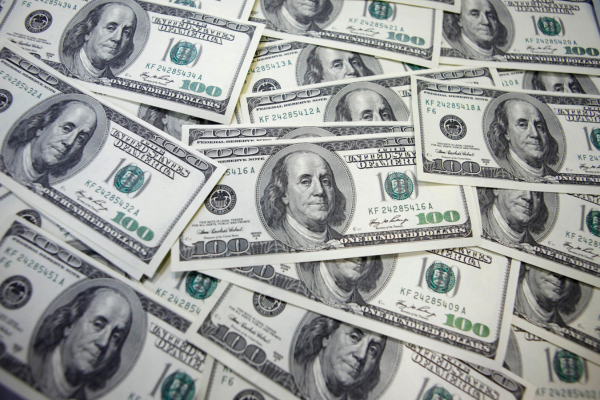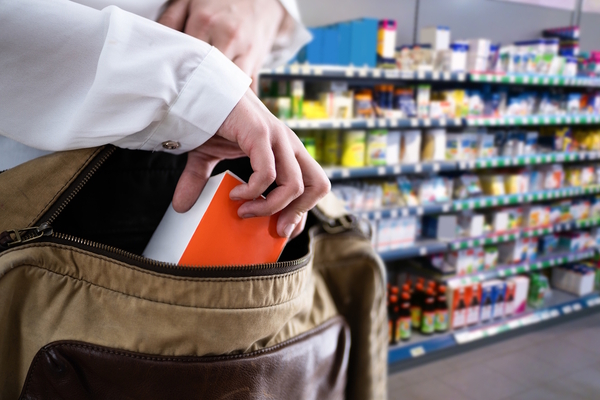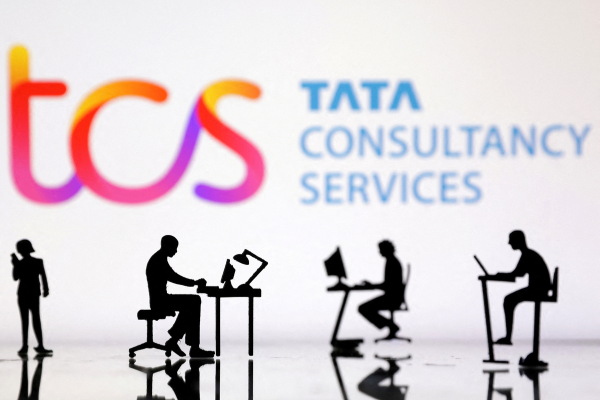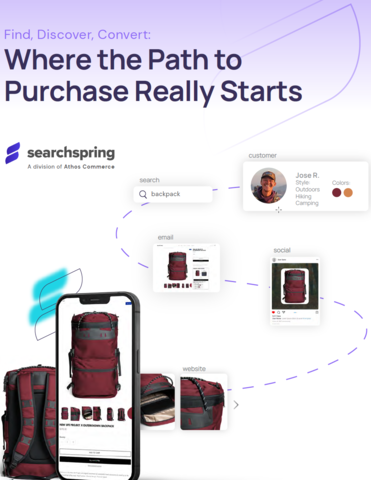Protecting businesses and brands against counterfeits
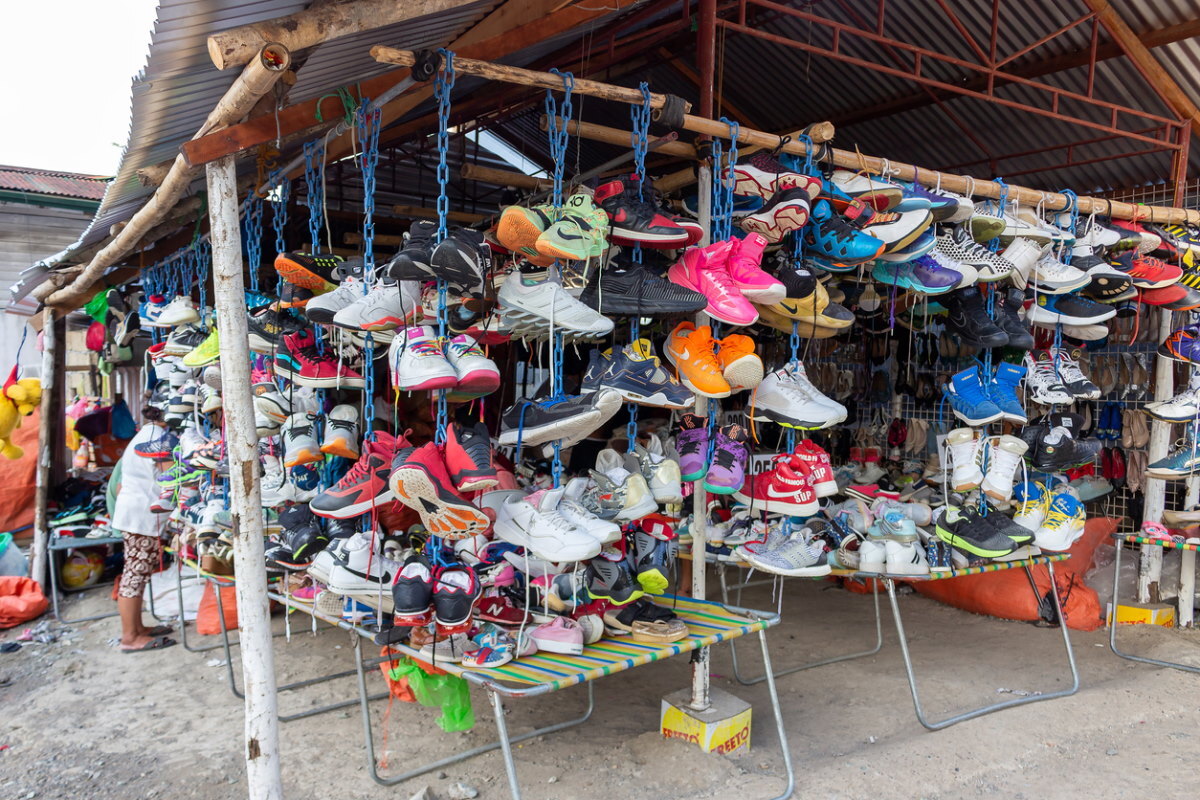
Mary Kernohan at SnapDragon Monitoring shares best practice to combat the sale of fake goods
The International Anti-Counterfeiting Coalition (IACC) defines a counterfeit as “an item that uses someone else’s trademark without their permission”. Today the crime of counterfeiting is a major global industry, a trillion-dollar problem and a significant threat for any brand or business.
Through what look like authentic links, fraudsters can easily dupe people into thinking they are buying genuine products online, while also using complex distribution systems, making finding out where fake products originate an almost impossible task for unwitting consumers.
As technologies develop, so too do the opportunities for forgers to sell replicate products. The boom in online shopping and the dramatic increase in international trade has meant that counterfeiters are able to get products directly to consumers and businesses, and at much lower costs. This is enabling criminals to profit from content or intellectual property they had nothing to do with creating.
Fake goods are often bad quality and, in many cases, unsafe. Counterfeit electrical goods are not put through the same rigorous safety checks as legitimate items and are often very dangerous. Likewise, fake medicines, alcohol and food are not subjected to the same health and safety procedures as legitimate items. As a result, the damage can be life threatening.
The pandemic has accentuated the issue, over the last year the healthcare industry has become a prime target for counterfeiters who have been producing face masks, Personal Protective Equipment (PPE) and antibacterial hand gel, all of which have the potential to put people’s health at serious risk.
The threat to businesses
For an entrepreneur or business, developing and building a new product is one of the most exciting, laborious, and stressful events they will ever experience. Taking an idea from concept to market is full of highs and lows, but when the product is finally ready to hit retailer shelves (virtual or physical) the sense of achievement will be unsurpassable. It is, therefore, understandably devastating to see that product or brand become a victim of copycats.
The effects this can have are immense. Not only causing the obvious loss in revenue, but undermining the business supply chain, which will likely have taken years to develop. Further still, if distributors or assemblers discover that scammers are selling counterfeits of a brand’s product for considerably less than the official price, then they will blame the brand not the copycat.
Equally, when consumers inadvertently purchase a counterfeit product, they will often believe the fault lies with the genuine brand for not doing enough to protect them from the threat, which could result in the loss of customers and irreparable brand damage.
So, how can businesses protect their brands against the threats posed by counterfeits?
Best practices to combat counterfeits
The best counterfeit protection strategies involve a holistic, multi-layered approach.
Registering your intellectual property can be expensive, but it pays off. Register in every country you choose to market your product in, foreign registration provides additional rights and can help prevent the exportation of counterfeit goods that include your trademarks. Copyrights, patents, licenses, industrial designs and even company secrets can be registered. Once you have legal backup, you are ready to file lawsuits when you come across counterfeits of your product.
Depending, of course, on the product and underlying strategy this approach can also increase consumer trust in a brand and drive positive outcomes, in addition to avoiding the negative ones.
Additionally, using tools or services which scan online marketplaces for copies and counterfeit products, so they can be removed from the internet, is also a very effective way to fight back against fakes online.
A further key point for businesses is to educate consumers on the dangers of counterfeits, and clearly communicate with them on where they can buy products safely. Bringing awareness to the seriousness of fraud and its impact will minimise the chance of them accidentally purchasing a counterfeit of your product, which is being touted as genuine.
Give consumers enough data about your product and its individual specifications that they can always have an eye out for, which will automatically help them identify when a product is a counterfeit. Studies have shown that over a thousand customers each year contribute millions to counterfeit products, simply because they can’t tell one from the other due to lack of information and knowledge regarding the product in question.
The unfortunate reality is that counterfeits will always be a challenge for businesses. Scammers are always looking at new ways to bring in money and if they see you have developed a successful product, they will want to jump on the bandwagon. Businesses shouldn’t be ashamed if they discover this is an issue.
It can be heart breaking as the business owner – but they can act and take proactive steps to ensure they protect their most valuable assets – their reputation, their profit, and most importantly, their customers.
Mary Kernohan is Head of Nurture at SnapDragon Monitoring
Main image courtesy of iStockPhoto.com

Business Reporter Team
Most Viewed
Winston House, 3rd Floor, Units 306-309, 2-4 Dollis Park, London, N3 1HF
23-29 Hendon Lane, London, N3 1RT
020 8349 4363
© 2025, Lyonsdown Limited. Business Reporter® is a registered trademark of Lyonsdown Ltd. VAT registration number: 830519543
